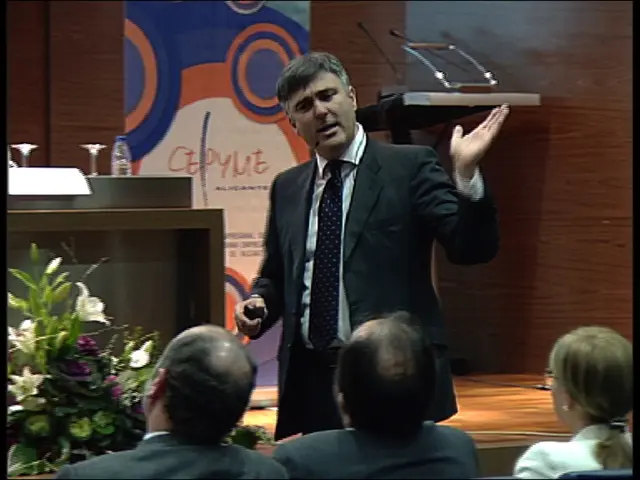Guide for Accounting in Creative Fields
In the realm of art and academia, the significance of creative industries is becoming increasingly apparent. A recent wave of studies and discussions has shed light on the societal and cultural value of artists' work, as well as the externalities it creates for places and communities. However, it's important to note that the poor contractual conditions of artists and creatives often fail to capture these broader impacts.
Universities, too, are playing a pivotal role in this sphere. They are not just institutions of learning, but also major players in the creative sector, boasting media and arts infrastructure and programs that claim to be enablers of cultural participation, public discourse, and social enterprises. This shift in focus is reflective of the broader value that creative skills hold in major transformations in labour markets and Higher Education.
The co-location of the Creative Industries with other industrial strategy priority sectors is a topic of ongoing exploration. For instance, Dr Josh Siepe's research on the Geography of the Creative Industries delves into this very aspect. Similarly, the Creative Industries Sector Plan has made key sector-wide announcements, signalling a growing recognition of the creative sector's potential.
The labour market returns to creative graduates, unfortunately, are lower than those of other graduates. This discrepancy, coupled with the fact that degree choice often has a significant impact on a creative graduate's life and quality of living, has brought the value of tertiary creative arts education into sharper focus. It's crucial to remember that degrees are not solely pecuniary investments; they are investments in many other forms of value that may or may not be redeemable in financial returns.
Economic analyses of creative graduates and careers are welcomed, as they raise fundamental questions concerning the relationship between creativity and (under)employment. These analyses, such as the IFS report in the UK and similar studies in Australia, are applying a Cost Benefit Analysis to fields of study in an attempt to price degrees through the income contingent loan system.
The creative sector's role in driving environmental sustainability is another area of interest. The work of the creative sectors in the UK and Australia is seen as being part public good and is invested in as such by the public sector, as well as a range of other organisations and individual donations.
The value of tertiary creative arts education has become a more acute question due to these economic studies. Curriculum development, industry engagement, graduate mapping, and educational critique are four strategies capable of addressing the terms of the emergent debate concerning creative education.
In the global arena, conversations within the Global Creative Economy Council, led by Marta Foresti, are focusing on unsettling and reordering the creative economy. Meanwhile, Professor Nick Wilson discusses the Equity Gap in Britain's Creative Industries under the topic of Business Models and Access to Finance, and Professor Dave O'Brien emphasises the importance of higher education to the arts, culture, and heritage sectors.
The 2025 Spending Review has implications for the creative industries, as discussed by Creative PEC Bernard Hay and Emily Hopkins. The review's findings will undoubtedly shape the future of the creative industries in higher education, and it will be interesting to see how these developments unfold.
Read also:
- Peptide YY (PYY): Exploring its Role in Appetite Suppression, Intestinal Health, and Cognitive Links
- Toddler Health: Rotavirus Signs, Origins, and Potential Complications
- Digestive issues and heart discomfort: Root causes and associated health conditions
- House Infernos: Deadly Hazards Surpassing the Flames








